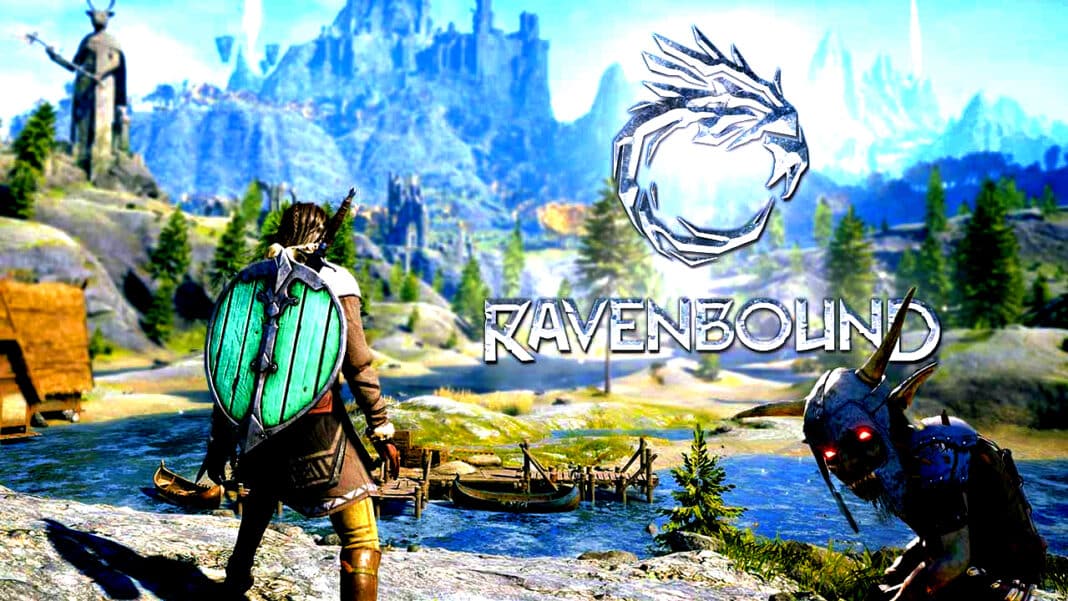
You need to endure conflict in order to progress in Ravenbound, and the hack and slash gameplay requires thought and strategy as much as it needs quick reflexes. It’s certainly easier said than done.Ĭombat lies at the heart of Ravenbound, and it’s both a huge strength and a minor weakness. The final battle is a head-to-head showdown with the Betrayer, and you have to hope that everything you’ve been able to do up to this point will be enough to finally cleanse the land. Originally, six gods watched over the land, providing peace and prosperity, at least, they did until the sixth of their number became twisted and evil, leaving behind the way of virtue and swapping it for the more seductive path of villainy and destruction.Įach run sees you head out into the world, aiming to clear the corruption from the land, grow steadily stronger, and tackle a series of powerful guardians who stand as gatekeepers to the next set of challenges.

Ravenbound is set in the land of Ávalt, a kingdom that’s been corrupted at the hands of The Betrayer, an elder God who turned on their brethren.

This Nordic fantasy is hoping to blend those components into a new whole, and it’s a combination that often works pleasingly well. Ravenbound, the latest release from Systemic Reaction, aims to blend the sensibilities of a Roguelike with the exploration of an open world, all the while mixing in a dose of deckbuilding for good measure – this aspect another key tenet of modern games. The barrage of new releases that utilise the formula also seems unlikely to stop anytime soon. The cyclical loop of progress and death wrapping its way around and around itself for hours on end seems to have captured all but the most stalwart of gaming hearts.

The Roguelike genre is now, unequivocally, a major part on the gaming landscape.


 0 kommentar(er)
0 kommentar(er)
